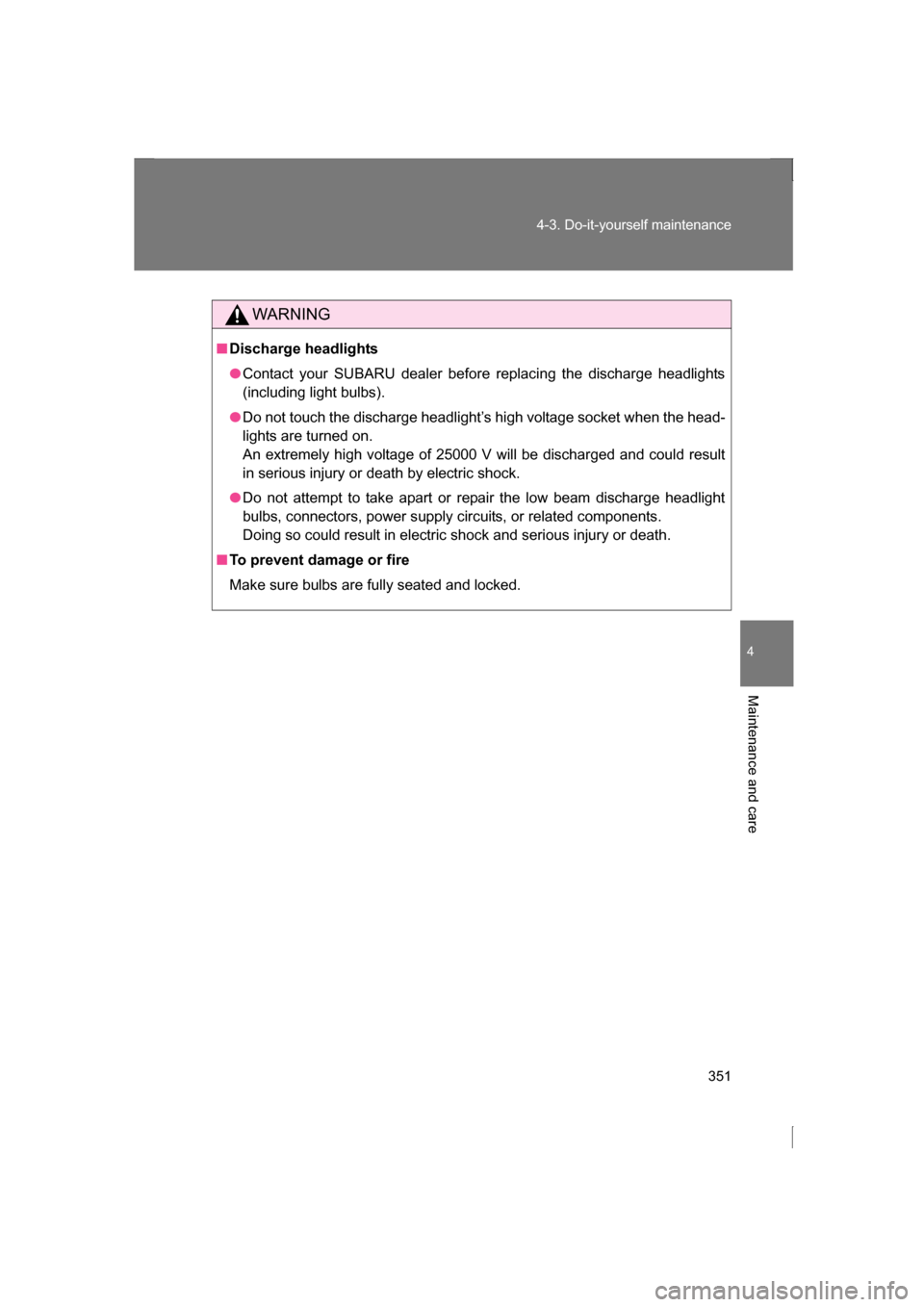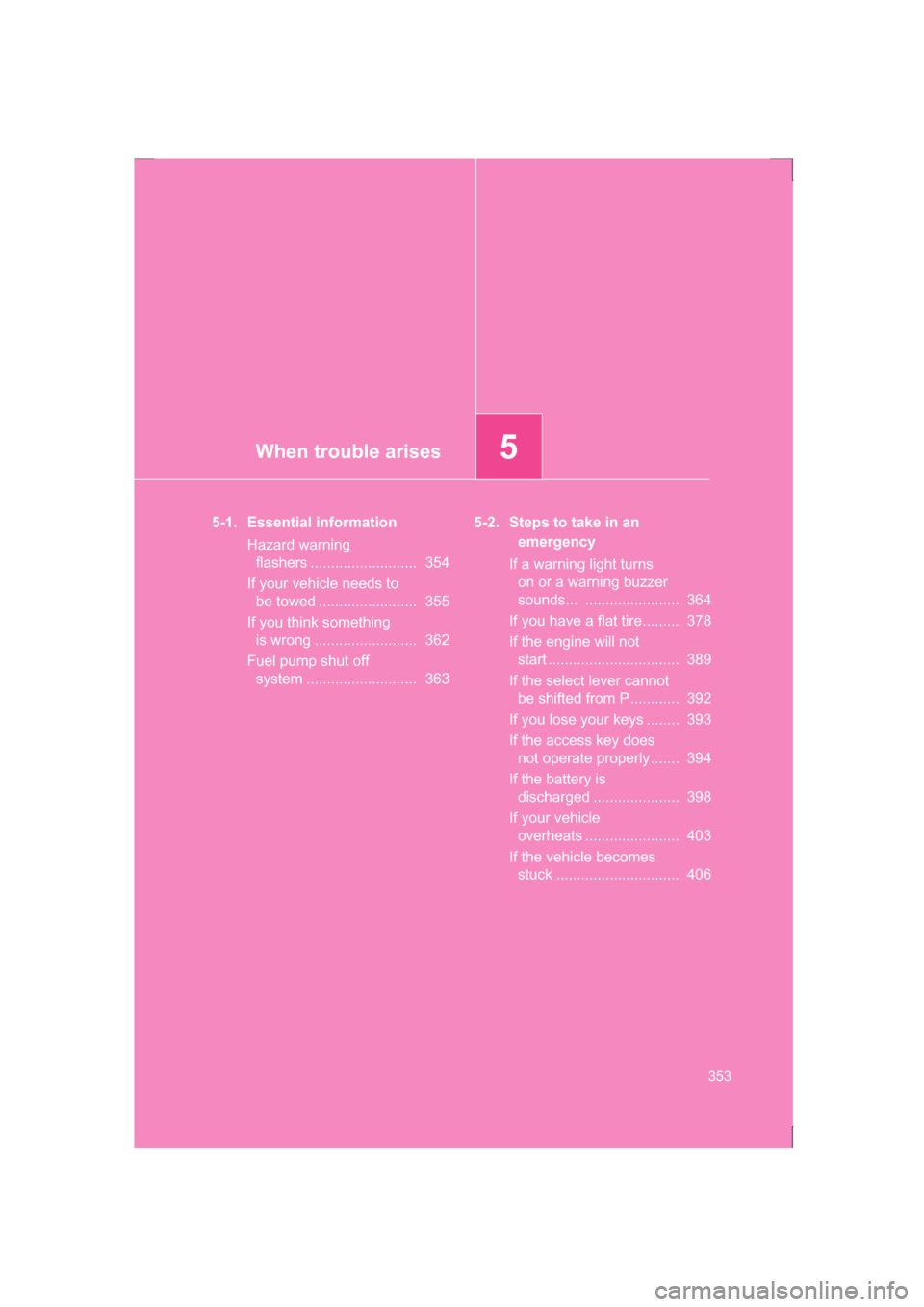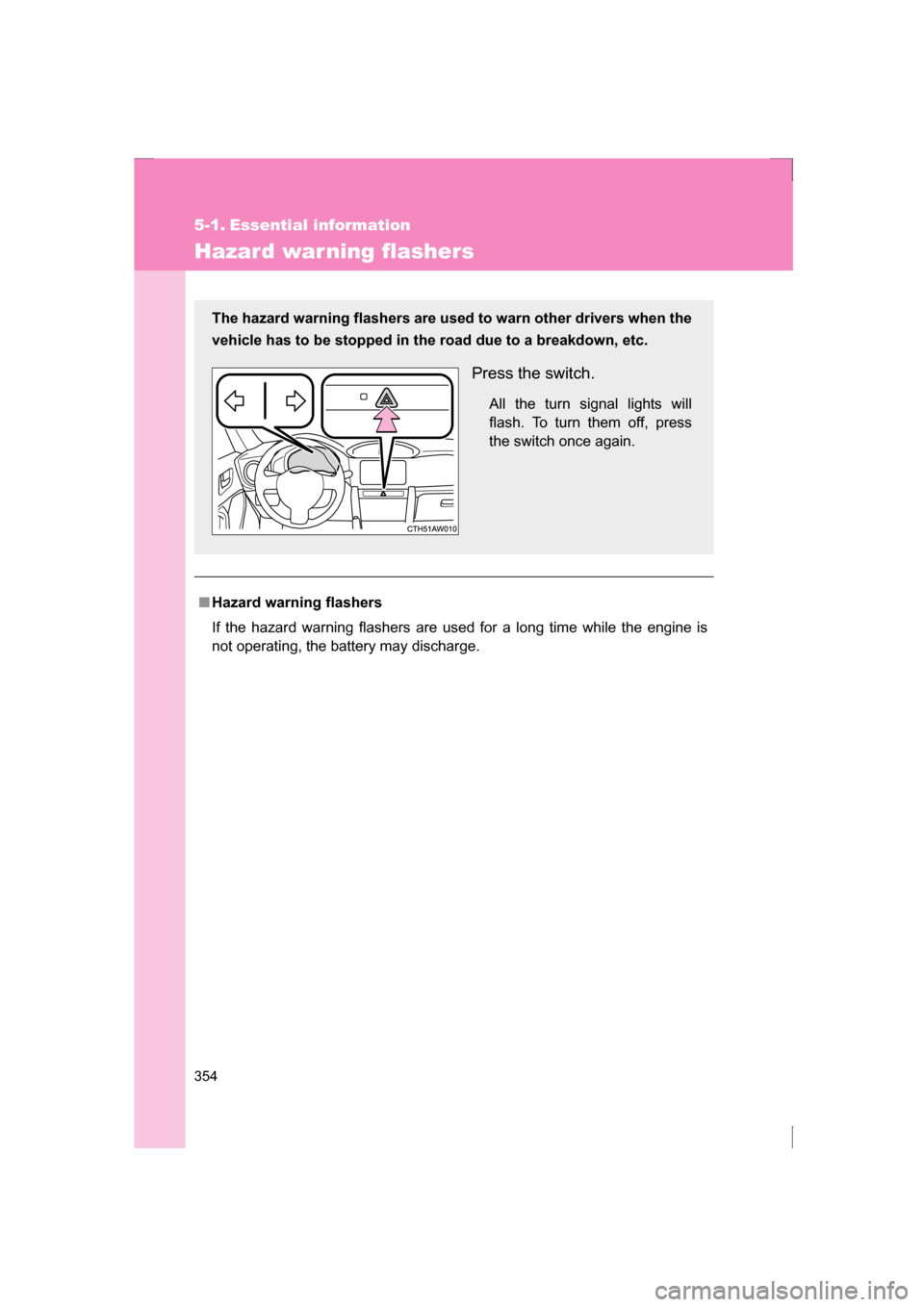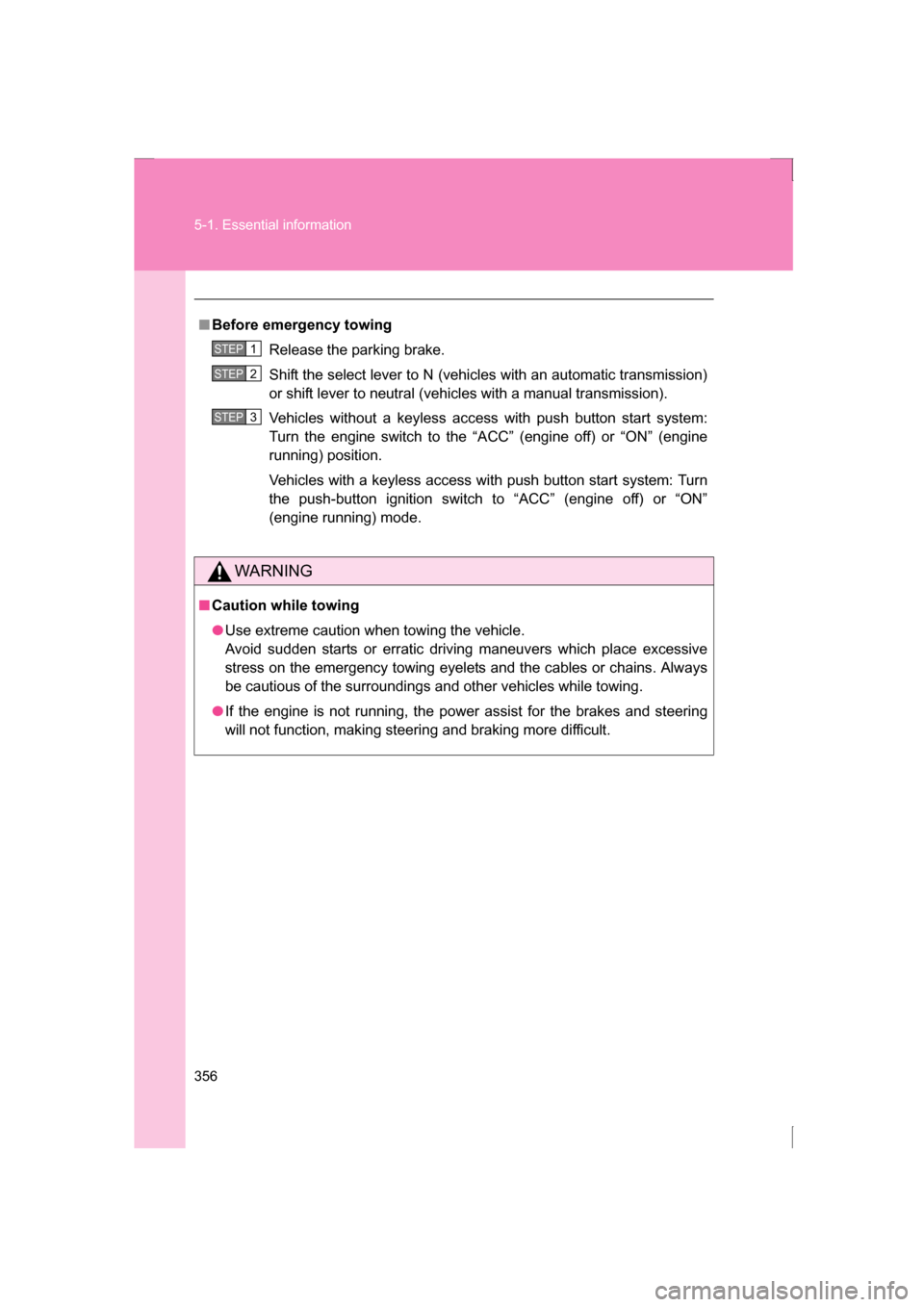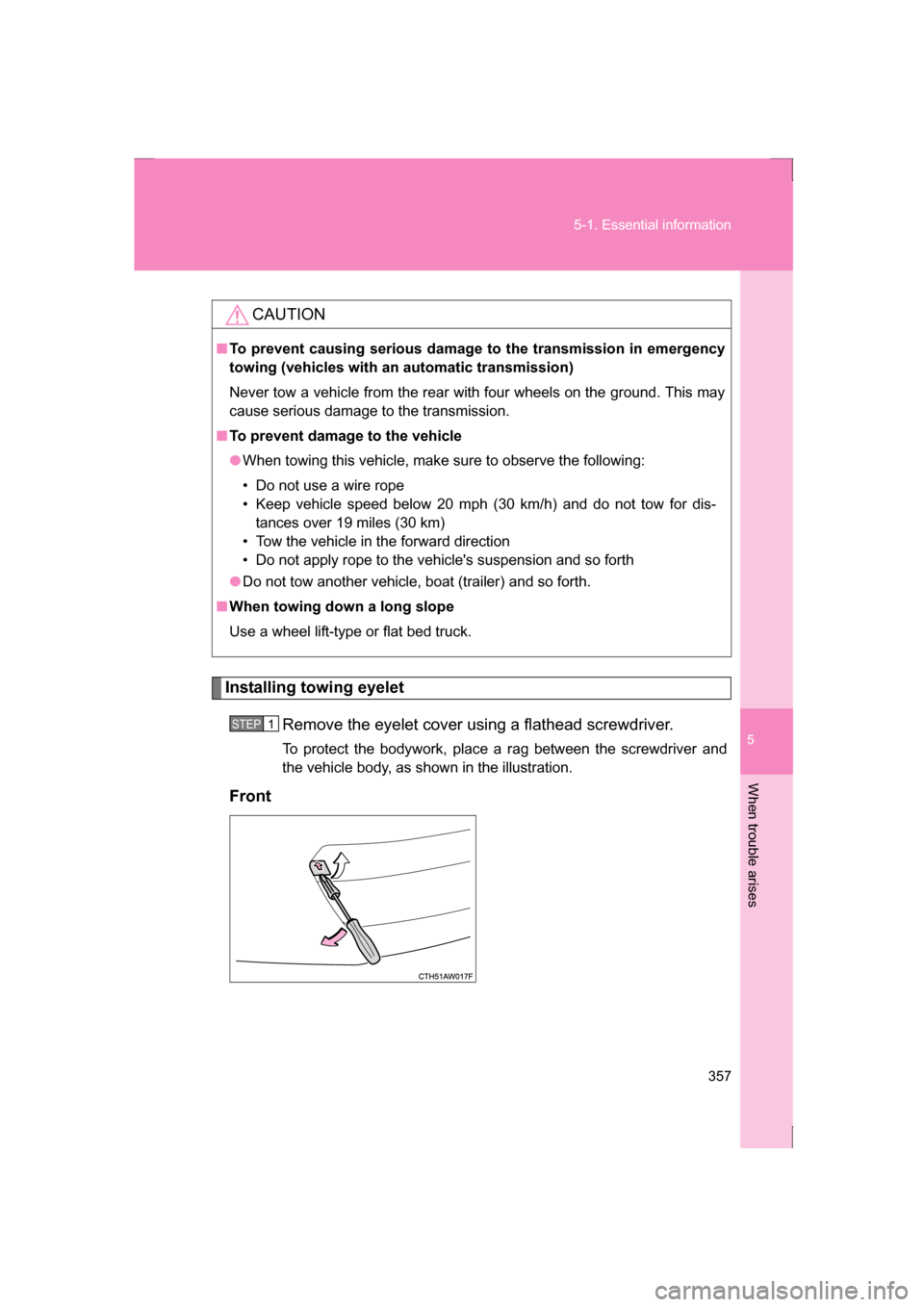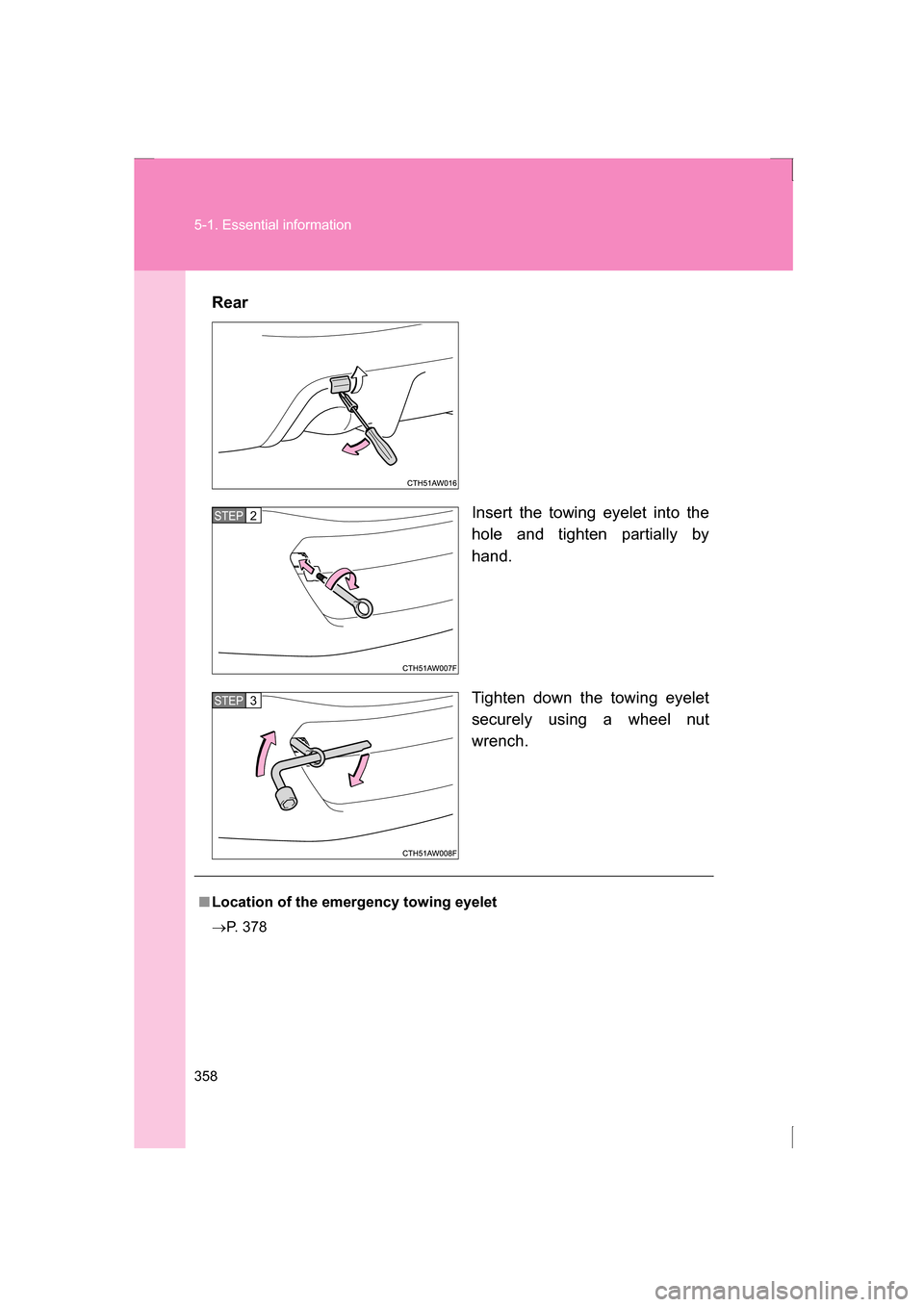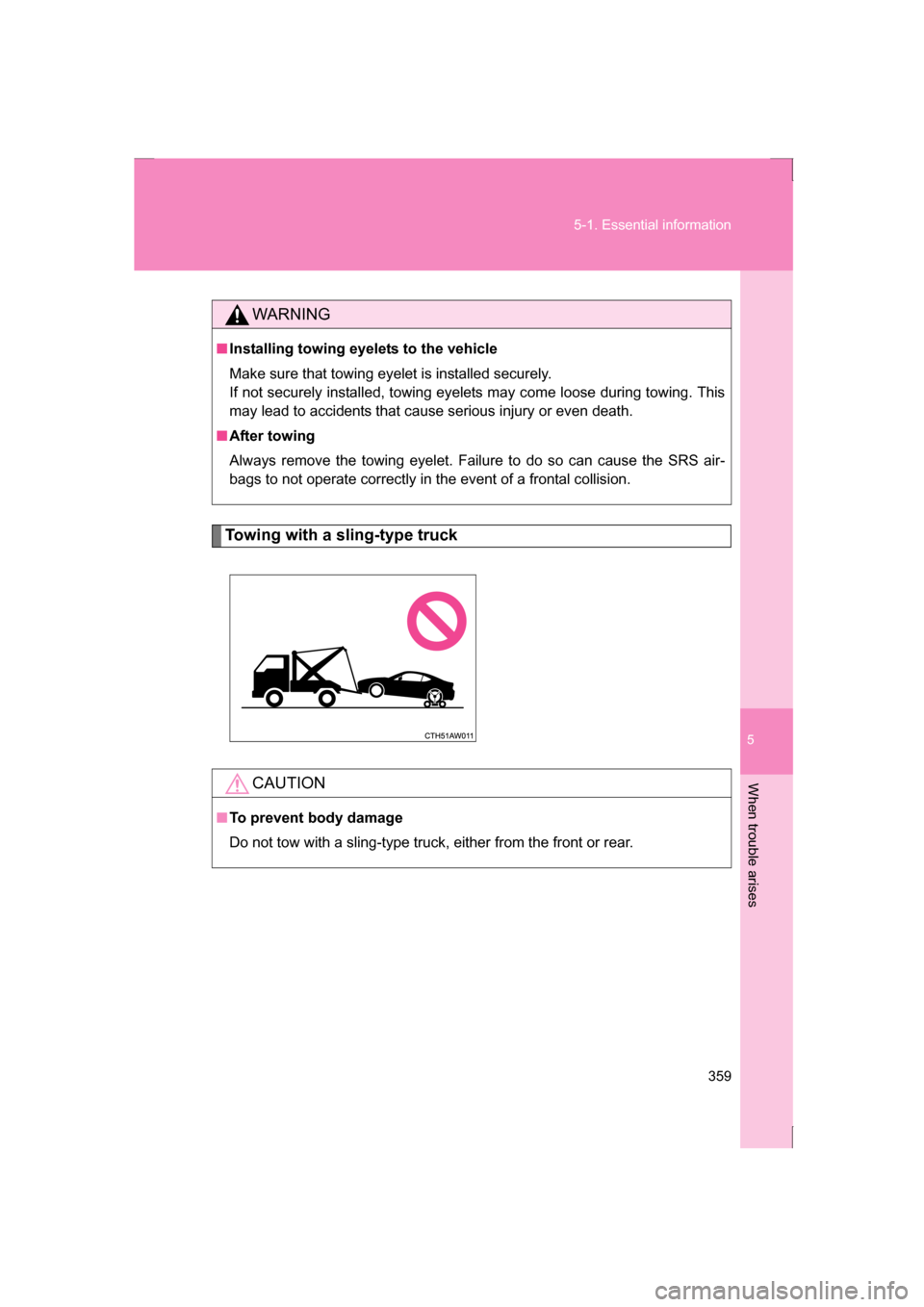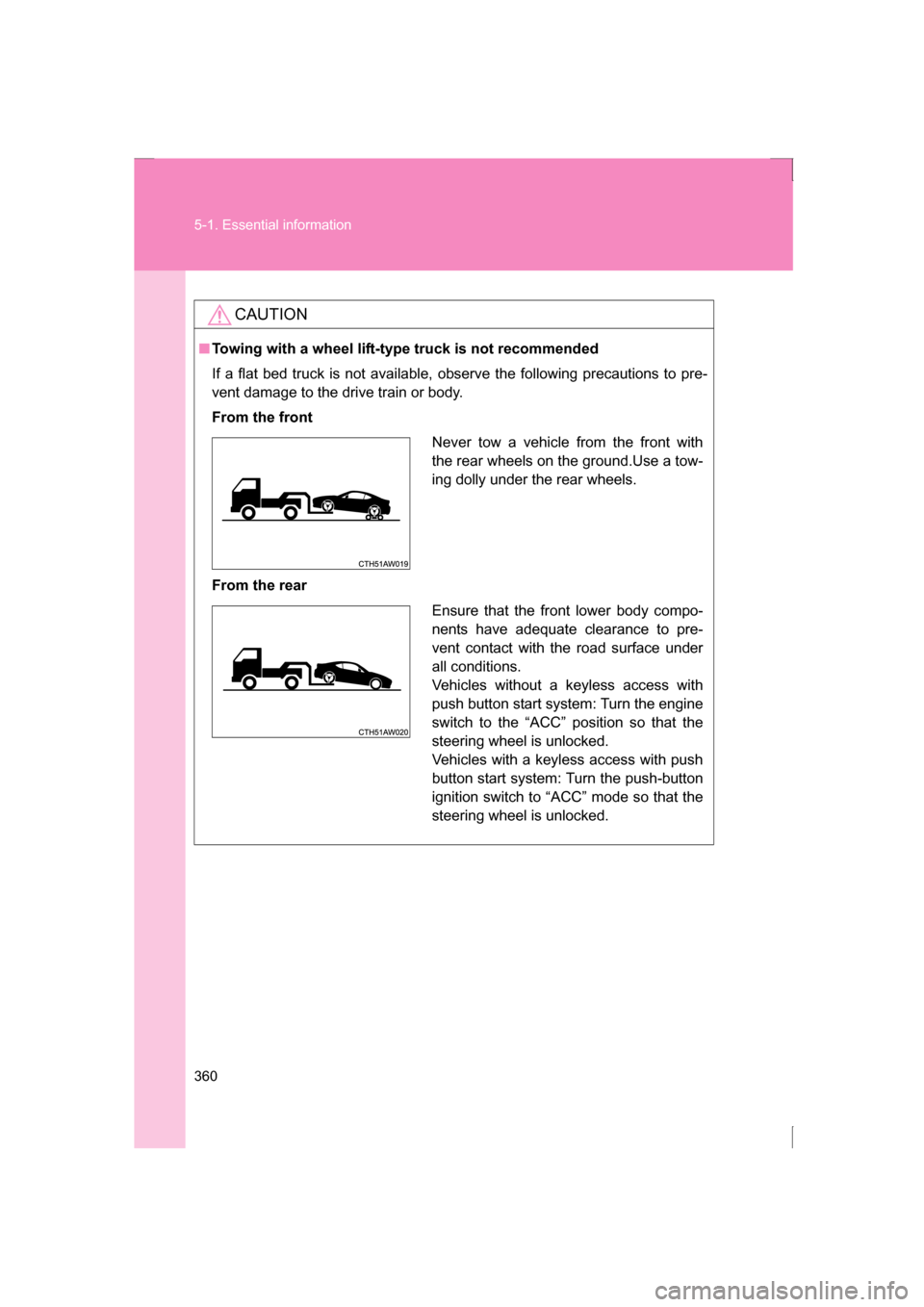SUBARU BRZ 2013 1.G Owners Manual
BRZ 2013 1.G
SUBARU
SUBARU
https://www.carmanualsonline.info/img/17/7178/w960_7178-0.png
SUBARU BRZ 2013 1.G Owners Manual
Trending: coolant temperature, height adjustment, engine oil, manual transmission, air filter, dashboard, four wheel drive
Page 351 of 484
351
4-3. Do-it-yourself maintenance
4
Maintenance and care
WARNING
■Discharge headlights
●Contact your SUBARU dealer before replacing the discharge headlights
(including light bulbs).
●Do not touch the discharge headlight’s high voltage socket when the head-
lights are turned on.
An extremely high voltage of 25000 V will be discharged and could result
in serious injury or death by electric shock.
●Do not attempt to take apart or repair the low beam discharge headlight
bulbs, connectors, power supply circuits, or related components.
Doing so could result in electric shock and serious injury or death.
■To prevent damage or fire
Make sure bulbs are fully seated and locked.
Page 352 of 484
352
4-3. Do-it-yourself maintenance
Page 353 of 484
When trouble arises5
353
5-1. Essential informationHazard warning flashers .......................... 354
If your vehicle needs to be towed ........................ 355
If you think something is wrong ......................... 362
Fuel pump shut off system ........................... 363 5-2. Steps to take in an
emergency
If a warning light turns on or a warning buzzer
sounds... ....................... 364
If you have a flat tire......... 378
If the engine will not start ................................ 389
If the select lever cannot be shifted from P ............ 392
If you lose your keys ........ 393
If the access key does not operate properly....... 394
If the battery is discharged ..................... 398
If your vehicle overheats ....................... 403
If the vehicle becomes stuck .............................. 406
Page 354 of 484
354
5-1. Essential information
Hazard war ning flashers
■Hazard warning flashers
If the hazard warning flashers are used for a long time while the engine is
not operating, the battery may discharge.
The hazard warning flashers are used to warn other drivers when the
vehicle has to be stopped in the road due to a breakdown, etc.
Press the switch.All the turn signal lights will
flash. To turn them off, press
the switch once again.
Page 355 of 484
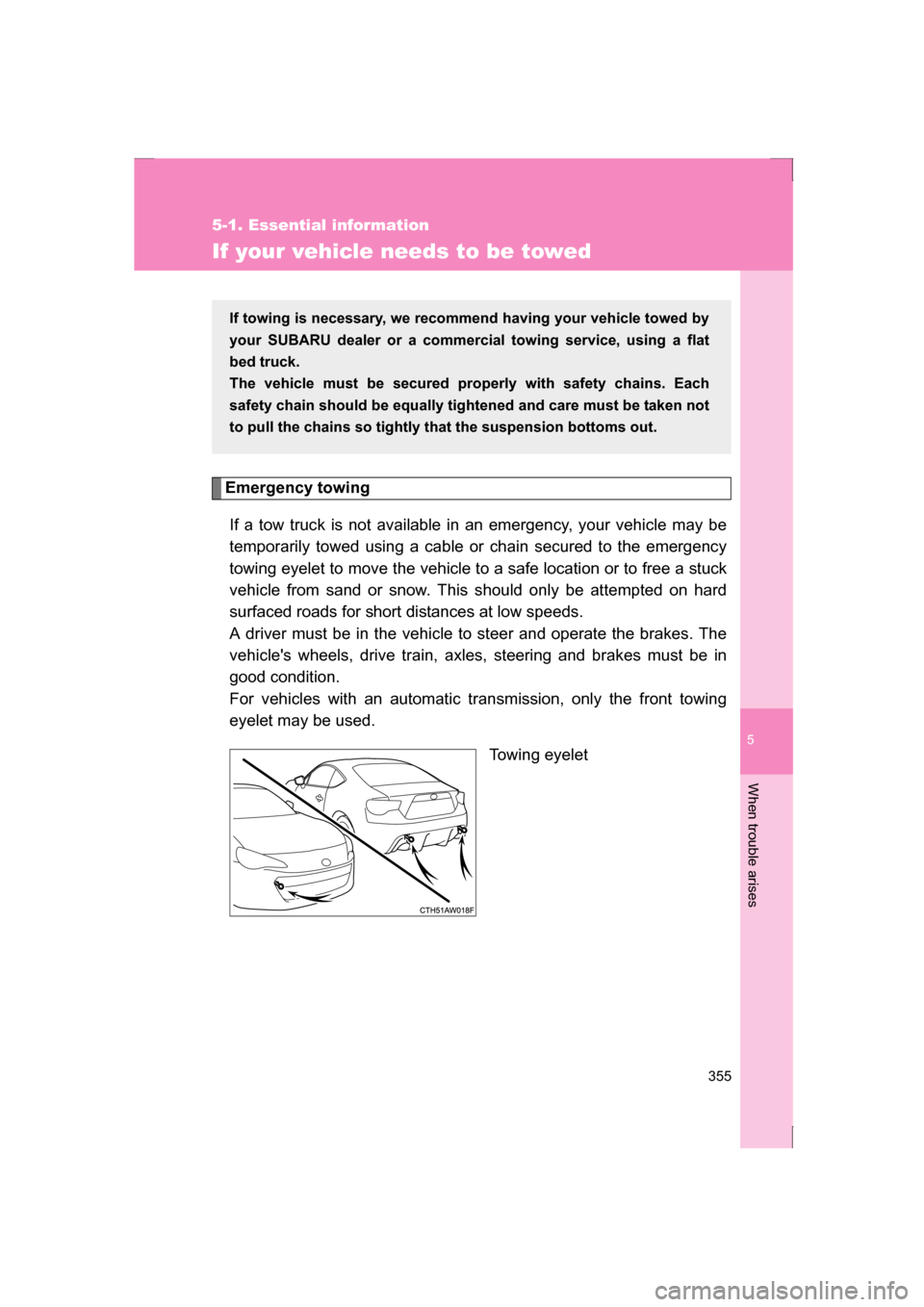
5
When trouble arises
355
5-1. Essential information
If your vehicle needs to be towed
Emergency towingIf a tow truck is not available in an emergency, your vehicle may be
temporarily towed using a cable or chain secured to the emergency
towing eyelet to move the vehicle to a safe location or to free a stuck
vehicle from sand or snow. This should only be attempted on hard
surfaced roads for short distances at low speeds.
A driver must be in the vehicle to steer and operate the brakes. The
vehicle's wheels, drive train, axles, steering and brakes must be in
good condition.
For vehicles with an automatic transmission, only the front towing
eyelet may be used. Towing eyelet
If towing is necessary, we recommend having your vehicle towed by
your SUBARU dealer or a commercial towing service, using a flat
bed truck.
The vehicle must be secured properly with safety chains. Each
safety chain should be equally tightened and care must be taken not
to pull the chains so tightly that the suspension bottoms out.
Page 356 of 484
356
5-1. Essential information
■Before emergency towingRelease the parking brake.
Shift the select lever to N (vehicles with an automatic transmission)
or shift lever to neutral (vehicles with a manual transmission).
Vehicles without a keyless access with push button start system:
Turn the engine switch to the “A CC” (engine off) or “ON” (engine
running) position.
Vehicles with a keyless access with push button start system: Turn
the push-button ignition switch to “ACC” (engine off) or “ON”
(engine running) mode.
WARNING
■Caution while towing
●Use extreme caution when towing the vehicle.
Avoid sudden starts or erratic driving maneuvers which place excessive
stress on the emergency towing eyelets and the cables or chains. Always
be cautious of the surroundings and other vehicles while towing.
●If the engine is not running, the power assist for the brakes and steering
will not function, making steering and braking more difficult.
STEP 1
STEP 2
STEP 3
Page 357 of 484
5
When trouble arises
357
5-1. Essential information
Installing towing eyeletRemove the eyelet cover using a flathead screwdriver.
To protect the bodywork, place a rag between the screwdriver and
the vehicle body, as shown in the illustration.
Front
CAUTION
■To prevent causing serious damage to the transmission in emergency
towing (vehicles with an automatic transmission)
Never tow a vehicle from the rear with four wheels on the ground. This may
cause serious damage to the transmission.
■To prevent damage to the vehicle
●When towing this vehicle, make sure to observe the following:
Page 358 of 484
358
5-1. Essential information
RearInsert the towing eyelet into the
hole and tighten partially by
hand.
Tighten down the towing eyelet
securely using a wheel nut
wrench.
STEP 2
STEP 3
■Location of the emergency towing eyelet
→P. 378
Page 359 of 484
5
When trouble arises
359
5-1. Essential information
Towing with a sling-type truck
WARNING
■Installing towing eyelets to the vehicle
Make sure that towing eyelet is installed securely.
If not securely installed, towing eyelets may come loose during towing. This
may lead to accidents that cause serious injury or even death.
■After towing
Always remove the towing eyelet. Failure to do so can cause the SRS air-
bags to not operate correctly in the event of a frontal collision.
CAUTION
■To prevent body damage
Do not tow with a sling-type truck, either from the front or rear.
Page 360 of 484
360
5-1. Essential information
CAUTION
■Towing with a wheel lift-type truck is not recommended
If a flat bed truck is not available, observe the following precautions to pre-
vent damage to the drive train or body.
From the front
From the rear
Never tow a vehicle from the front with
the rear wheels on the ground.Use a tow-
ing dolly under the rear wheels.
Ensure that the front lower body compo-
nents have adequate clearance to pre-
vent contact with the road surface under
all conditions.
Vehicles without a keyless access with
push button start system: Turn the engine
switch to the “ACC” position so that the
steering wheel is unlocked.
Vehicles with a keyless access with push
button start system: Turn the push-button
ignition switch to “ACC” mode so that the
steering wheel is unlocked.
Trending: differential, steering wheel adjustment, maintenance schedule, AUX, engine oil, oil change, oil capacity
